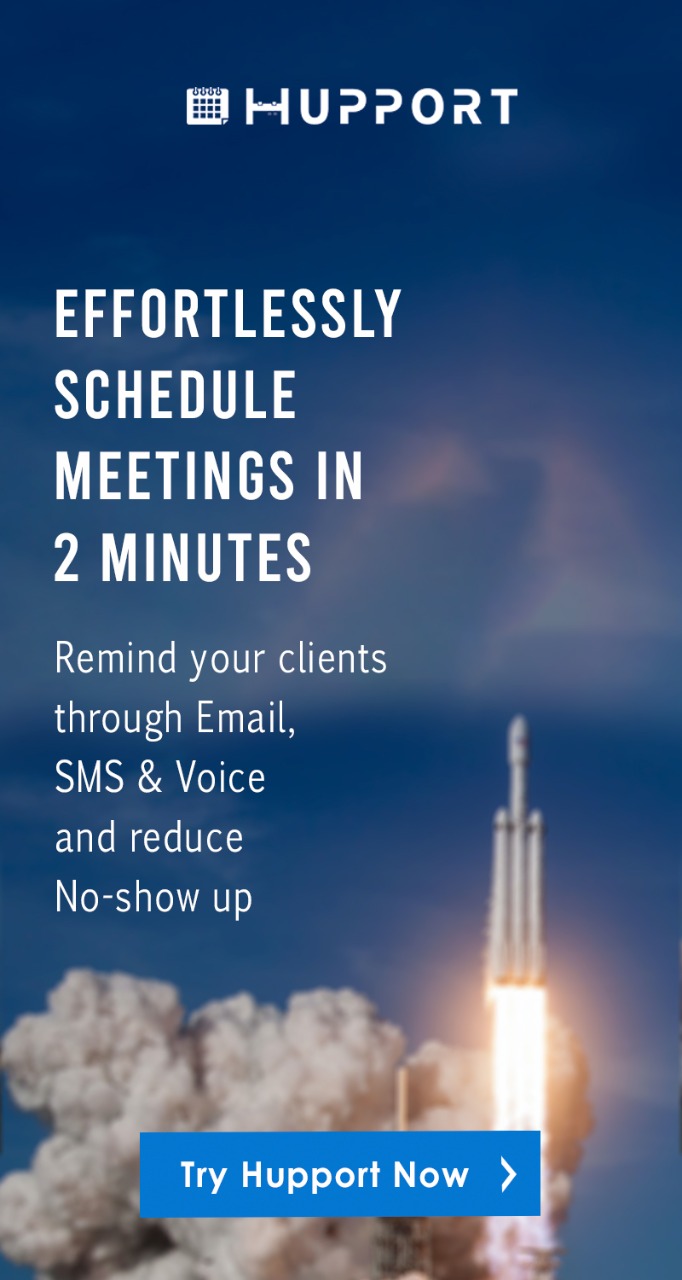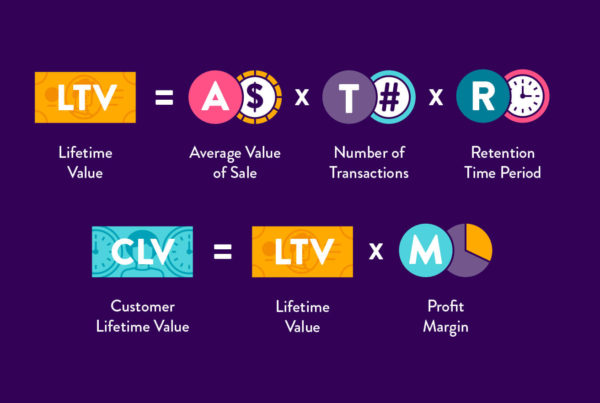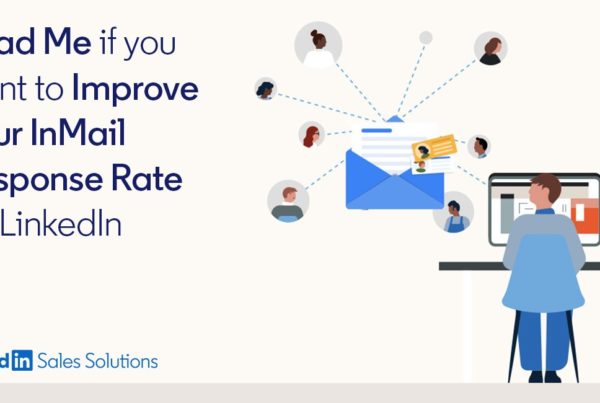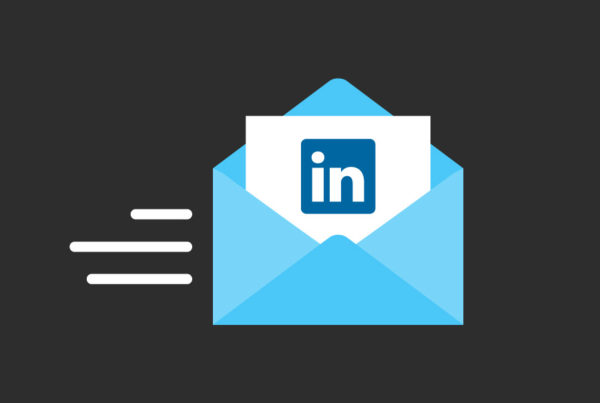Are you aware of the proper strategies for writing follow-up emails?
And how many times you have sent follow-ups and keep waiting for infinite times without getting any reply?
I know it’s not easy to digest to being ignored. But, it’s also true that you need to master the follow-up strategies and learn about the mistakes to avoid.
This post is dedicated to the 10 follow-up email mistakes and the strategies to avoid them. I hope you are familiar with the importance and requirements of follow-up emails in today’s world.
It’s a myth that follow-up email writing is a difficult process. By mastering some tricks, you can easily increase the odds of your success.
Now, it’s time to discuss 10 follow-up email mistakes that you need to take care of while constructing your follow-up email. Thus, you can form and send emails that will actually acquire results.
Sending Generic Email or Lacking in Personalization:
Many people blindly follow the follow-up email templates just by placing the names and it is easily caught by the recipients. And they get an impression of idleness and unprofessionalism.
Actually, the words of your email represent your character to a great extent. It is the first and foremost criteria that your follow-up email needs to be properly personalized and customized.
A study in 2013 reveals has proved this statement as well. Properly personalized emails have high email opening rates and also get more clicks.
Personalization is an art for which you have to do a thorough research about your prospect so that he/she could realize your hard work through your email.
A person, who is idle at writing an email, could never be a good employee. So, you shouldn’t copy email templates rather present your words with a personal touch.
Lacking in Research or Homework about the prospects:
If you don’t have any prior experience in sending cold emails or follow-up emails, then it is a must to do homework first.
Email following up is a continuous learning process that requires collecting information about your prospects as much as you can.
The more personal information (such as likings and disliking, hobby, preferences etc) you can gather about your prospect, higher the impression you’ll get.
To verify your research, you can visit the website, LinkedIn profile or Twitter page of your prospects.
The top sellers keep on using the same strategy and that’s why they are capable of structuring mind-blowing cold emails or follow-up emails.
Including Wrong Data in Your Email:
It’s better to use no data than using wrong or unclear data in your cold or follow-up emails. If you use the wrong spellings of your prospects’ name, then it will deteriorate your impression and reputation.
That means you have to do an in-depth research about your prospects so that the included pieces of data is clear and correct. Don’t include wrong statistics or information that you’re not sure about.
Otherwise, it will show your unprofessionalism and your prospect will get the message that you’re not a very reliable person.
Your Emails are very lengthy:
If you’re not getting replies from your prospects, then your prospects might be very busy in their work schedule.
Now, in this situation, if you send a thousand words of texts, then it will lower the chance of closing the deal.
That means it’s very important to keep your email short and straightforward. Nobody would be interested to go through a wall full of unnecessary texts.
A popular study has revealed that shorter emails have received faster responses and they also enhanced productivity.
A Clear Call-to-Action is absent:
If you genuinely want to increase the chances of receiving responses from your prospects, then don’t forget to include a clear and specific call-to-action (CTA).
An email without a call-to-action is like a boat without any direction. By providing CTA, you will be telling your prospects what they should do next. It could further increase the response rates.
Some examples of CTA include responding to your follow-up, scheduling a conversation or meeting or clicking on a link that you’ve attached in the email.
Failing to include Social Proofs:
If you’re expecting to hear from a big company or client, then you have to present the proofs of great testimonials or reviews through your follow-up email.
That means including some social proofs will help you to sustain in the crowd of your competitors.
You can also include the values of your email and explain why they should invest their time in going through your follow-up email.
Social proofs work as credentials of your worth and competence that your prospects can’t even deny.
And without proper verification means, your emails might get buried in the heaps of other electronic data.
Your Email Subject Line is confusing:
Subject lines work as a scanner of your entire email. That means your prospect will decide whether your email is worthwhile or not just by checking its subject line.
And you might know that your prospects are busy professionals. So, sending emails with confusing or unclear subject lines means a silent rejection.
State why you’re sending this email and give them a reason for opening your email and go through it.
If you’re sending sales follow-up emails, then you can raise a question in your subject line and answer it in your email body.
Your Email sounds like a Robot:
Professionalism is good but over-professionalism might sound like a robot. Nobody wants to read boring emails and that’s why you need to add some interesting things, such as some amazing or lesser-known facts or attach the link of a relevant blog.
It will help you to make an impression among your prospects. But be cautious. Don’t become too casual or formal. Just add the information pieces in a polite tone and hope for the best.
Not having any idea of Email Opens as well as Link Clicks:
Are you aware of the email opens and link clicks of your follow-up email campaign?
If the answer is ‘no’, then you’re doing a very big mistake. By tracking these metrics, you can easily get to know who is opening your emails, clicking on your links or who are simply ignoring your follow-up emails.
Thus, you can retarget your prospects and save valuable time by sending those who is not actually interested in your products or services.
Various email tracking tools are available nowadays from which you can find out the most suitable one.
Following-Up too frequently:
You need to give your prospects sufficient time before they could revert back to you.
Now, how could you measure the time-period?
It varies. If the prospect is of a big company, then you have to wait a longer time than the prospect of a small company.
Never send follow-up emails too frequently, as it could lower your impression. And if anyone clearly specifies that he/she isn’t interested in your emails, don’t send out messages to them.
I hope the entire post was helpful for you and you’ve got valuable information about the common follow-up email mistakes. Now, start writing brilliant customized follow-up emails and increase the chances of your success.




